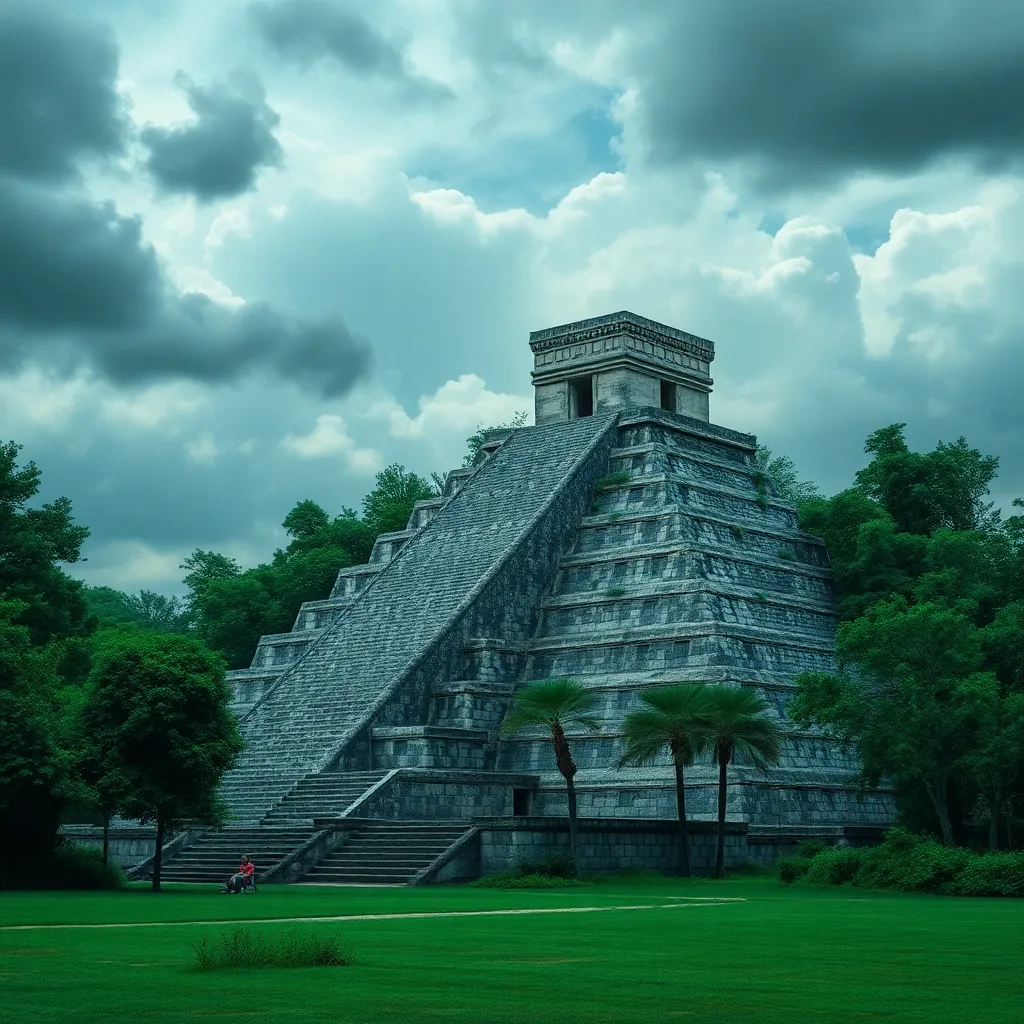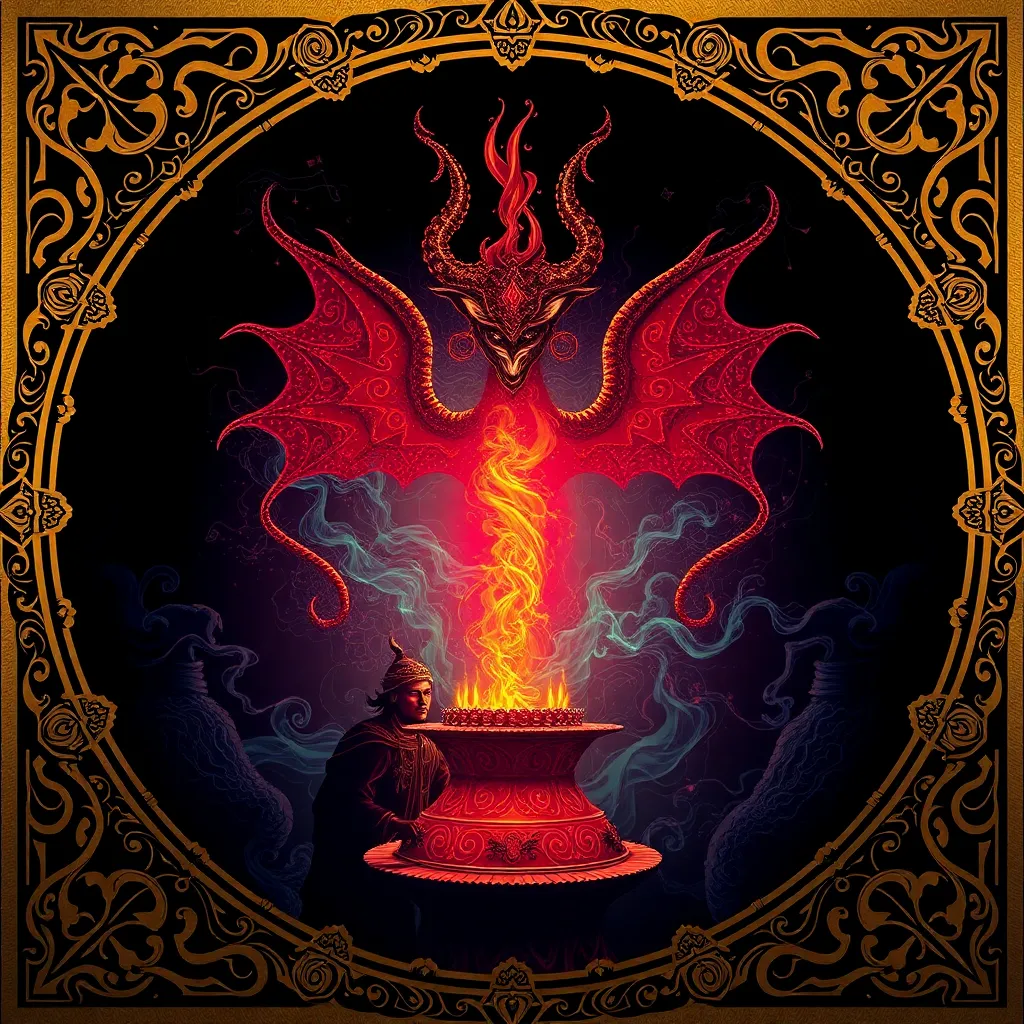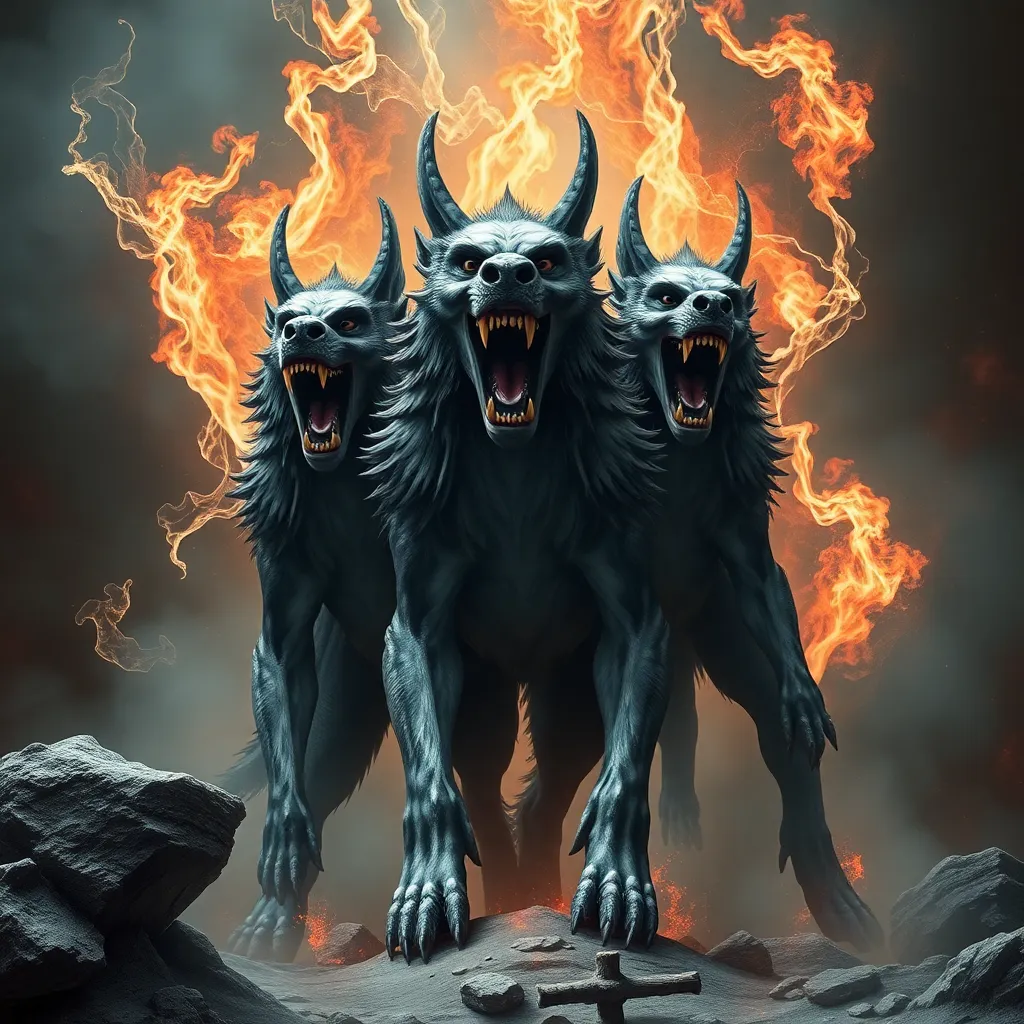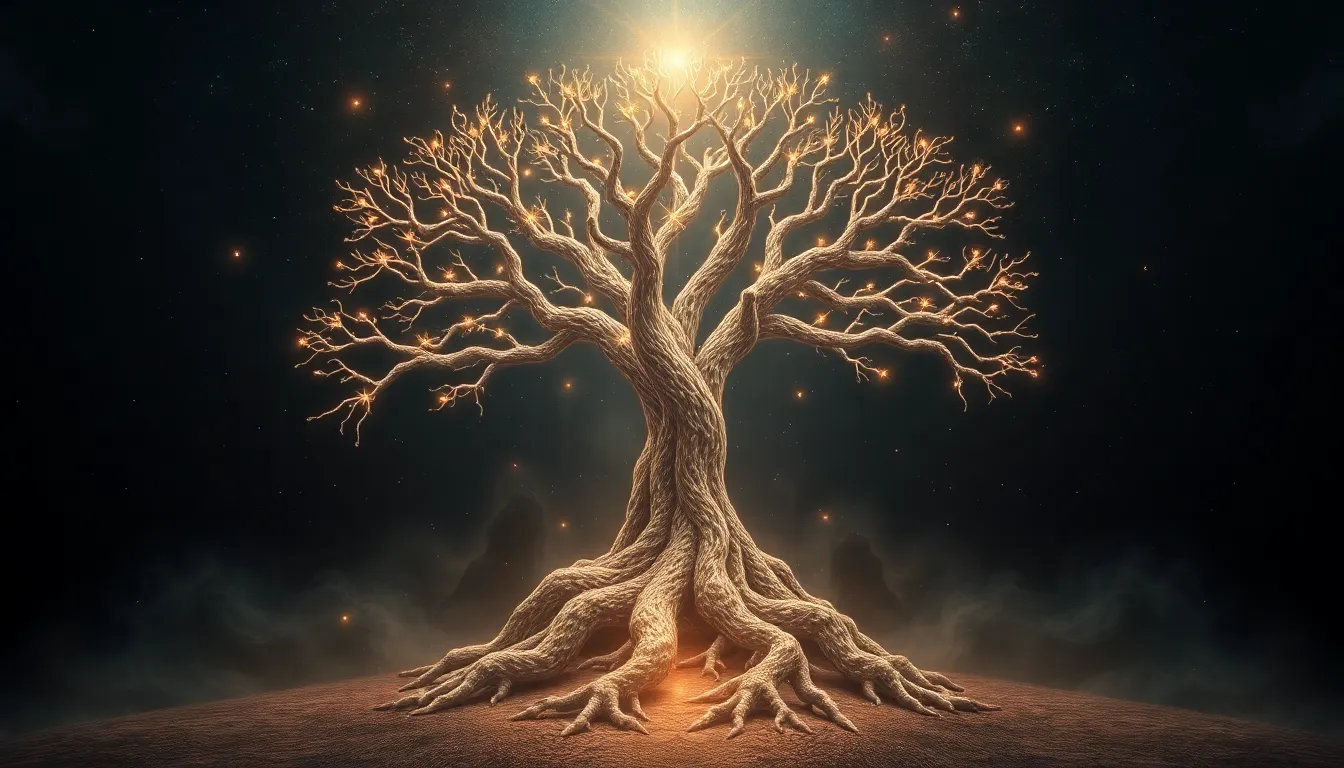The Sacred City of Chichen Itza: Exploring Itzamná’s Architectural Marvels
I. Introduction
Chichen Itza is one of the most significant archaeological sites of the Maya civilization, recognized as a UNESCO World Heritage Site in 1988. This ancient city is a testament to the extraordinary achievements of the Maya in architecture, astronomy, and urban planning. Among the pantheon of deities revered by the Maya, Itzamná holds a special place as a god of creation, wisdom, and the sky, influencing various architectural designs and cultural practices within the site.
The purpose of this article is to delve into the architectural marvels of Chichen Itza, exploring its historical context, notable structures, and the significance of water in Maya life, all while highlighting the enduring legacy of Itzamná.
II. Historical Context of Chichen Itza
Chichen Itza is believed to have been founded around 600 AD and flourished between the 10th and 12th centuries. The city emerged as a crucial political and economic center in the northern Yucatan Peninsula, where various cultures converged, leading to a unique blend of architectural styles and practices.
Itzamná, as a prominent deity in Maya mythology, was associated with creation and the heavens. The reverence for Itzamná can be seen in the architectural designs that often align with astronomical events, reflecting the deep connection between the Maya and their gods.
As a major hub of trade, education, and religion, Chichen Itza played a pivotal role in the Maya civilization, influencing surrounding regions and cultures. Its construction and urban planning reflect advanced knowledge in mathematics and astronomy, which were crucial for agricultural cycles and ritualistic practices.
III. Architectural Highlights of Chichen Itza
A. El Castillo (Temple of Kukulcan)
El Castillo, also known as the Temple of Kukulcan, is perhaps the most iconic structure in Chichen Itza. This pyramid-like temple stands 24 meters tall and features 91 steps on each of its four sides, totaling 365 steps—one for each day of the year.
- Design and symbolism: The pyramid is a remarkable example of Maya architecture, combining religious significance with astronomical precision. The structure is dedicated to Kukulcan (the feathered serpent), symbolizing the duality of nature and the connection between the earthly and the divine.
- The equinox phenomenon: During the equinoxes, the setting sun casts shadows on the pyramid, creating the illusion of a serpent slithering down the staircase. This phenomenon draws thousands of visitors each year and showcases the Maya’s advanced understanding of solar movements.
B. The Great Ball Court
The Great Ball Court at Chichen Itza is the largest and most impressive of its kind in Mesoamerica, measuring 168 meters long and 70 meters wide.
- Size and significance: This grand structure served not only as a venue for the Mesoamerican ballgame, which held great cultural and religious significance, but also as a central gathering place for ceremonies and community events.
- Rituals and games associated with the court: The ballgame often had ritualistic elements, with players representing deities or rulers. The stakes could be high, sometimes culminating in human sacrifices, emphasizing the game’s importance in Maya culture.
IV. Other Notable Structures
A. The Temple of the Warriors
The Temple of the Warriors stands as a monumental structure adorned with intricate carvings and columns, illustrating the prowess of the Maya in both architecture and artistry.
- Architectural features and carvings: The temple features a grand staircase and a large platform, surrounded by numerous columns depicting warriors and religious motifs. The detailed sculptures reflect the military and spiritual aspects of Maya society.
- Connection to military and religious practices: This temple signifies the intertwining of warfare and spirituality, showcasing how military victories were celebrated and integrated into religious practices.
B. The Observatory (El Caracol)
El Caracol, or The Observatory, is an architectural marvel that highlights the Maya’s astronomical knowledge. Its circular structure is uniquely designed for celestial observations.
- Purpose and design: Believed to be an astronomical observatory, El Caracol has windows aligned with the positions of celestial bodies, allowing the Maya to track the movements of the stars and planets effectively.
- Astronomical significance in Maya culture: Astronomy played a crucial role in Maya life, influencing agricultural practices and religious ceremonies. The observations made at El Caracol would have been integral to the Maya calendar and rituals.
V. The Role of Water in Chichen Itza
A. Cenotes and their significance in Maya religion
Cenotes, natural sinkholes filled with water, were vital to the Maya civilization, serving as sources of freshwater and sacred sites for rituals. At Chichen Itza, these cenotes are revered as gateways to the underworld.
B. The Sacred Cenote: rituals and offerings
The Sacred Cenote, a large sinkhole located near the city, was a focal point for various ceremonies. Archaeological findings have revealed numerous offerings, including pottery, jewelry, and even human remains, indicating its importance in religious practices.
C. Water management systems in the city’s architecture
The advanced water management systems in Chichen Itza showcase the Maya’s ingenuity. They constructed reservoirs, canals, and drainage systems to collect and distribute rainwater, ensuring a sustainable water supply for the city.
VI. Cultural Influence and Legacy
A. Chichen Itza’s impact on later Maya architecture
Chichen Itza has left a lasting legacy on later Maya architecture, influencing the design and construction of subsequent cities. Its unique blend of architectural styles serves as a reference point for understanding the evolution of Maya urban planning.
B. The city’s role in modern Maya identity and tourism
Today, Chichen Itza stands as a symbol of Maya heritage and cultural pride. It attracts millions of tourists annually, providing an opportunity for education and appreciation of Maya history and culture.
C. Preservation efforts and challenges facing the site
Efforts to preserve Chichen Itza are ongoing, as the site faces challenges such as environmental degradation, tourism impact, and the need for restorative work on its structures. Collaborative initiatives between local governments and international organizations aim to protect this invaluable cultural treasure.
VII. Visiting Chichen Itza Today
A. Tips for visitors: best times to visit, guided tours, and what to expect
For those planning to visit Chichen Itza, consider going early in the morning or later in the afternoon to avoid the crowds and heat. Guided tours provide insightful context and enhance the experience, allowing visitors to appreciate the rich history and significance of the site.
B. Understanding the cultural significance during your visit
Visitors are encouraged to respect the cultural significance of the site. Engaging with local guides and participating in educational programs can deepen understanding and appreciation of the Maya civilization.
C. Local initiatives for sustainable tourism
Local communities are working towards sustainable tourism initiatives that promote environmental responsibility and cultural preservation. Supporting these initiatives ensures that the legacy of Chichen Itza can be enjoyed by future generations.
VIII. Conclusion
Chichen Itza is a remarkable testament to the architectural brilliance and cultural depth of the Maya civilization. Its structures, steeped in history and symbolism, offer a glimpse into the past and the enduring legacy of Itzamná. As we explore and appreciate this sacred site, we not only honor the achievements of the Maya but also ensure its preservation for future generations. A visit to Chichen Itza is not just a journey through history; it is an invitation to connect with the rich tapestry of human civilization.



